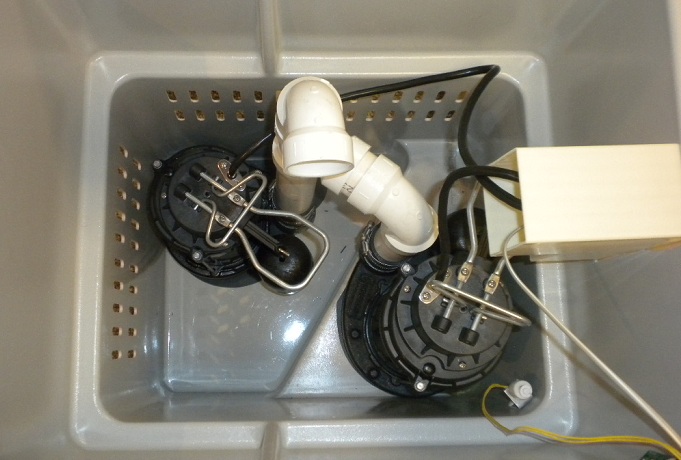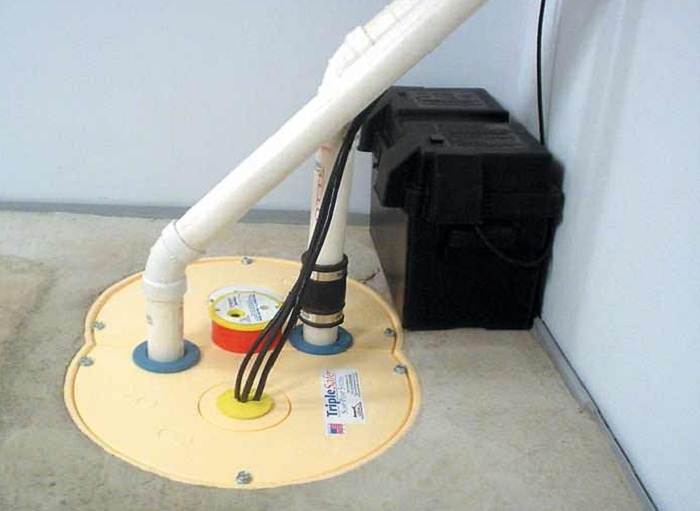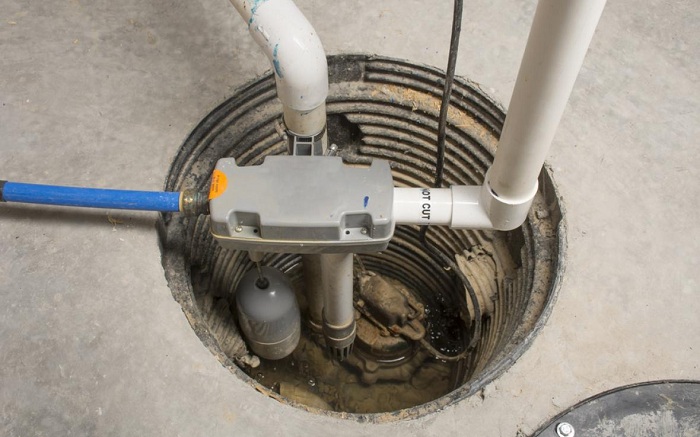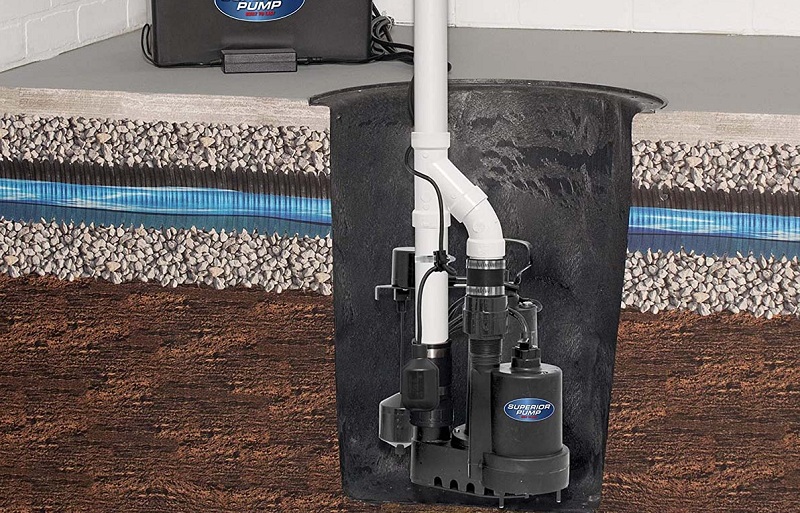Do you ever worry about water damage in your basement during heavy rain or flooding? Your sump pump might be your best defense against such disasters, but do you know what level it should turn on? The ideal activation level for your sump pump depends on various factors, including the size of your basement and the frequency and intensity of precipitation in your area.
Understanding these factors can help you optimize your sump pump’s performance and keep your basement safe. In this comprehensive guide, we will explore the intricacies of the ideal level at which your sump pump should turn on and provide you with all the necessary information to ensure your basement remains dry and protected.
Importance of Sump Pump Activation Level

To ensure optimal performance, it’s crucial for you to determine the specific water level at which your sump pump should activate. The activation level, also known as the ‘on’ level, is the point at which your sump pump starts pumping out water from the sump pit. This level is determined by the height of the float switch or pressure sensor, which detects the rising water level.
Setting the correct activation level is important for several reasons. First, if the level is set too high, your sump pump may not activate until the water has already flooded your basement, causing significant damage. On the other hand, if the level is set too low, your sump pump may turn on too frequently, leading to excessive wear and tear on the pump motor.
To determine the ideal activation level for your sump pump, you should consider factors such as the average water table level in your area, the frequency and intensity of rainfall, and the size of your sump pit. It’s recommended to consult the manufacturer’s guidelines or seek professional advice to ensure that you set the activation level correctly.
Factors Affecting Sump Pump Activation Point
The activation point, or the water level at which your sump pump turns on, is determined by several key factors. One important factor is the size of the sump pit itself. A larger sump pit will typically have a higher activation point, as it can hold more water before reaching the necessary level for the pump to activate.
Another factor that can affect the activation point is the type of float switch used in the sump pump. There are two common types of float switches: tethered and vertical. A tethered float switch hangs vertically in the sump pit and moves up and down with the water level. The activation point is determined by the length of the tether.
On the other hand, a vertical float switch is attached to the pump and moves up and down along a fixed rod. The activation point for a vertical float switch is typically set by adjusting the position of the switch on the rod. Additionally, the pump’s discharge pipe configuration can also impact the activation point. Check out plumbingways.com website for more information on about sump pump.
Determining the Ideal Sump Pump Trigger Level

To determine the ideal trigger level for your sump pump, consider factors such as the size of the sump pit, the type of float switch used, and the configuration of the pump’s discharge pipe.
- Sump Pit Size: The size of the sump pit is an important factor in determining the trigger level for your sump pump. A larger sump pit can hold more water, allowing the pump to activate at a higher water level. Conversely, a smaller sump pit may require the pump to activate at a lower water level to prevent flooding.
- Float Switch Type: The type of float switch used in your sump pump also affects the trigger level. There are two common types of float switches: vertical and tethered. A vertical float switch is mounted on a rod and moves up and down with the water level. A tethered float switch, on the other hand, is attached to the pump by a flexible cord and moves in an arc as the water level rises.
- Discharge Pipe Configuration: The configuration of the pump’s discharge pipe can also impact the trigger level. A discharge pipe that’s too long or has too many bends can create resistance, causing the pump to activate at a higher water level. It’s important to ensure that the discharge pipe is properly sized and installed to allow for efficient water drainage.
Common Mistakes to Avoid With Sump Pump Activation
When activating your sump pump, be sure to avoid common mistakes. Here are some common mistakes to avoid:
- Failure to test: Many homeowners neglect to test their sump pump regularly. It’s essential to test your sump pump at least once every three months to ensure it’s working correctly. Simply pour water into the pit to activate the pump and observe if it starts pumping water out.
- Incorrect installation: Improper installation can lead to various problems, including incorrect pump activation. Ensure that your sump pump is installed correctly, with the float switch positioned correctly to trigger the pump at the desired water level.
- Lack of maintenance: Neglecting regular maintenance can lead to pump failure when you need it most. Clean the pump and pit regularly to remove debris that may hinder its operation. Additionally, inspect and replace any worn-out parts or components as needed.
- Power failure backup: Power outages often occur during heavy storms, precisely when you need your sump pump the most. To avoid a flooded basement during such times, consider installing a battery backup system or a generator to ensure continuous operation.
Maintenance Tips for Optimal Sump Pump Performance

Your sump pump will function efficiently and reliably if you follow these maintenance tips.
- Inspect and clean the pump: Regularly inspect the sump pump for any signs of damage or wear. Clean the pump and remove any debris that may have accumulated in the pit, as this can obstruct the pump’s operation.
- Test the pump’s operation: Test your sump pump at least once a year to ensure it’s working properly. Fill the pit with water and observe if the pump activates and removes the water efficiently. If there are any issues, such as unusual noises or insufficient pumping, seek professional assistance.
- Check the discharge lines: Inspect the discharge lines to ensure they’re clear and free from obstructions. Make sure the lines direct the water away from your home’s foundation to prevent water pooling and potential structural damage.
Conclusion
Determining the ideal activation level for a sump pump is crucial for effective flood prevention. Factors such as the water table level, basement depth, and pump capacity should be considered when setting the trigger point.
It’s important to avoid common mistakes like setting the activation level too high or neglecting regular maintenance. By following these guidelines, homeowners can ensure optimal performance and peace of mind during heavy rainfall or flooding situations.


